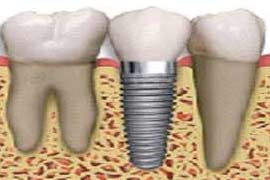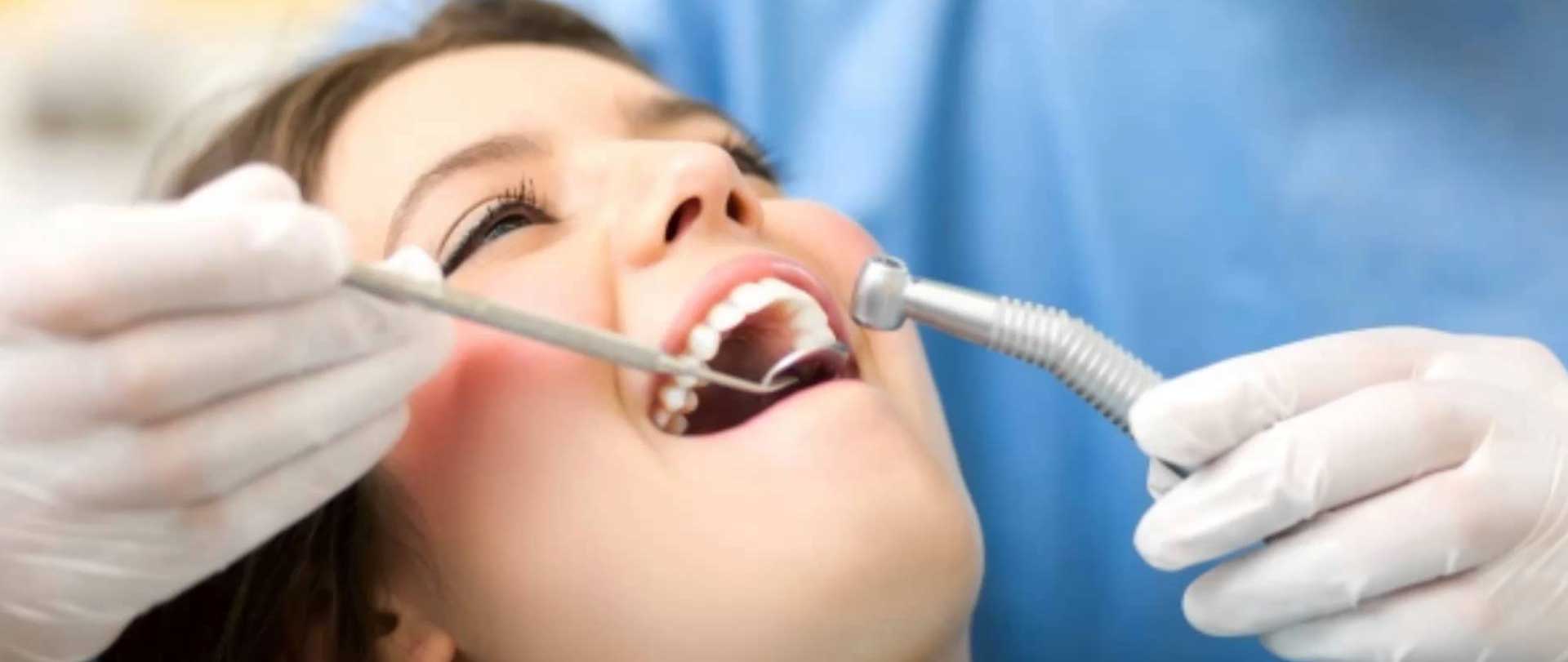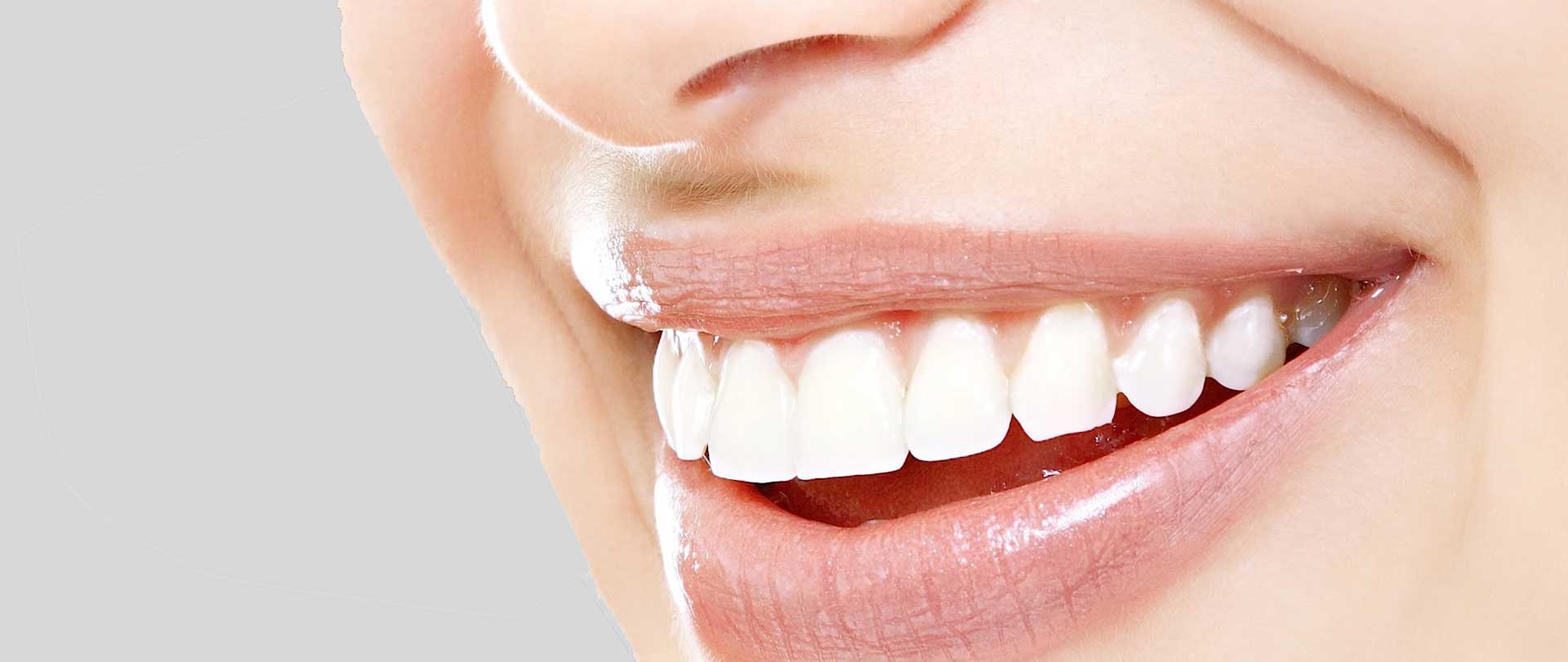Dental extraction

Dental extraction (also referred to as exodontia) is the removal of a tooth from the mouth. Extractions are performed for a wide variety of reasons, including tooth decay that has destroyed enough tooth structure to render the tooth non-restorable. Extractions of impacted or problematic wisdom teeth are routinely performed, as are extractions of some permanent teeth to make space for orthodontic treatment.
The most common reason for extraction is tooth damage due to breakage or decay. There are additional reasons for tooth extraction :
- Severe tooth decay or infection (acute or chronic alveolar abscess). Despite the reduction in worldwide prevalence of dental caries, still it is the most common reason for extraction of (non-third molar) teeth with up to two thirds of extractions.
- Extra teeth which are blocking other teeth from coming in.
- Severe gum disease which may affect the supporting tissues and bone structures of teeth.
- In preparation for orthodontic treatment (braces)
- Teeth in the fracture line
- Teeth which cannot be restored endodontically
- Fractured teeth
- Supenumerary,supplementary or malformed teeth
- Cosmetic teeth of poor appearance, unsuitable for restoration
- Receiving radiation to the head and neck may require extraction of teeth in the field of radiation.
- Extractions are often categorized as "simple" or "surgical"
Simple extractions are performed on teeth that are visible in the mouth, usually under local anaesthetic, and require only the use of instruments to elevate and/or grasp the visible portion of the tooth. Typically the tooth is lifted using an elevator, and using dental forceps, rocked back and forth until the periodontal ligament has been sufficiently broken and the supporting alveolar bone has been adequately widened to make the tooth loose enough to remove. Typically, when teeth are removed with forceps, slow, steady pressure is applied with controlled force.
Surgical extractions involve the removal of teeth that cannot be easily accessed, either because they have broken under the gum line or because they have not erupted fully. Surgical extractions almost always require an incision. In a surgical extraction the doctor may elevate the soft tissues covering the tooth and bone and may also remove some of the overlying and/or surrounding jawbone tissue with a drill or osteotome. Frequently, the tooth may be split into multiple pieces to facilitate its removal.
Sanjeevani Experience
-

DENTAL IMPLANTS
We specialize in placing, restoring and maintenance of dental implant supported crowns, bridges and implant dentures...
Read More -

BRACES
Dental braces (also known as orthodontic braces, or braces) are devices used in orthodontics that align and straighten teeth and help to position them ...
Read More -

TECHNOLOGY
Sanjeevani Dental care modern clinics offer the very latest advantages in dental technology and equipment. Clove doctors are continually trained in the use...
Read More -

GUM TREATMENT
Sanjeevani Dental care offers world-class dental care in the most transparent and ethical manner possible. Patients are given information about ...
Read More -

DENTAL EXTRACTION
Dental extraction (also referred to as exodontia) is the removal of a tooth from the mouth...
Read More -

CROWN & BRIDGES
Sanjeevani Dental care continue to care for their patients, even after they’ve left the clinic. Recovering from dental treatment is not always pleasant...
Read More



